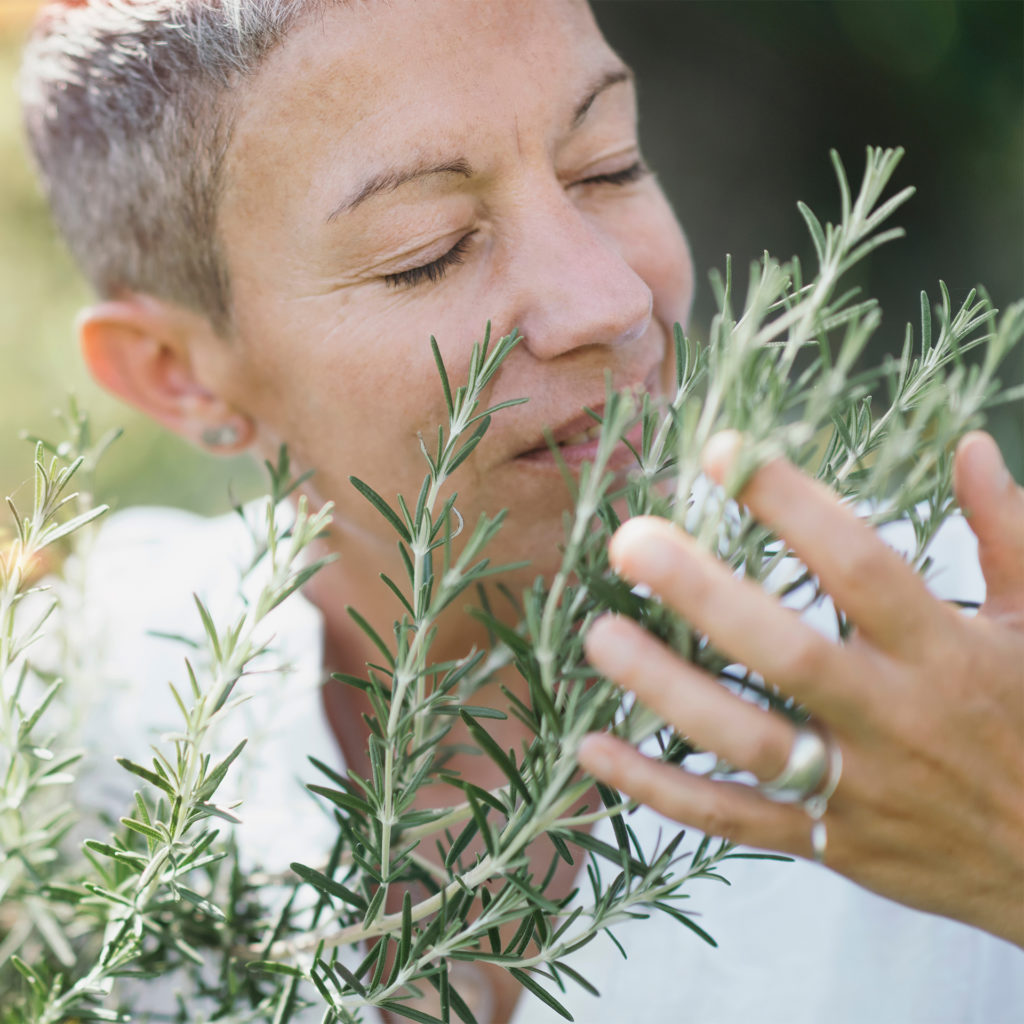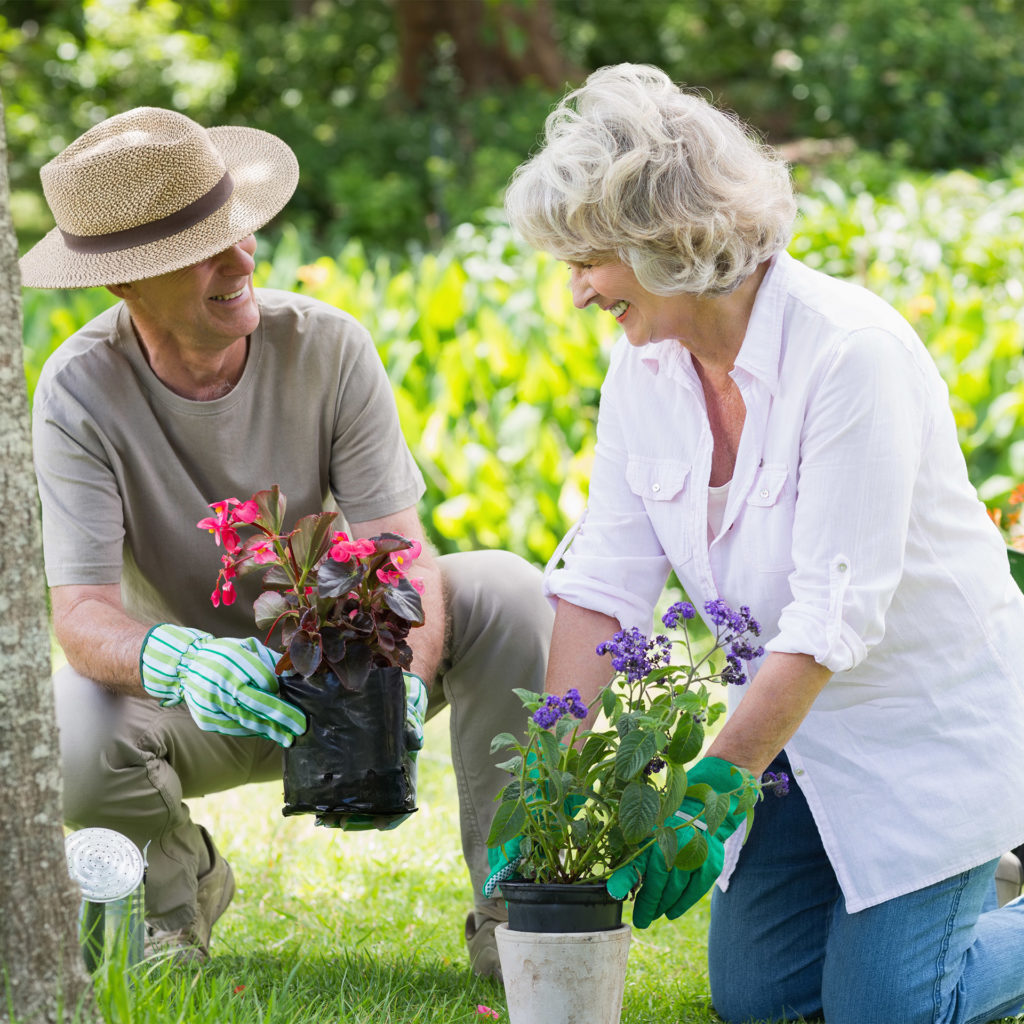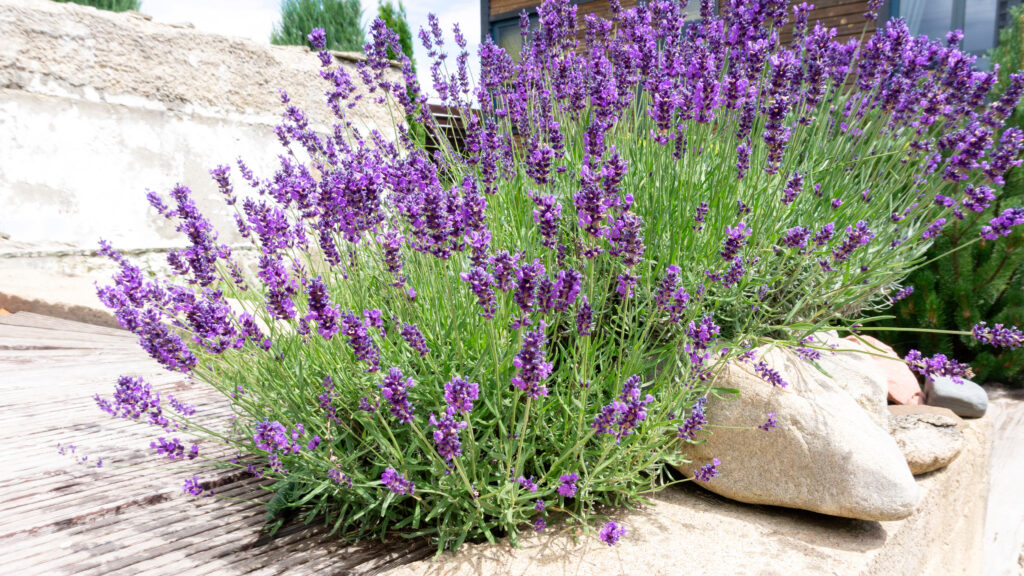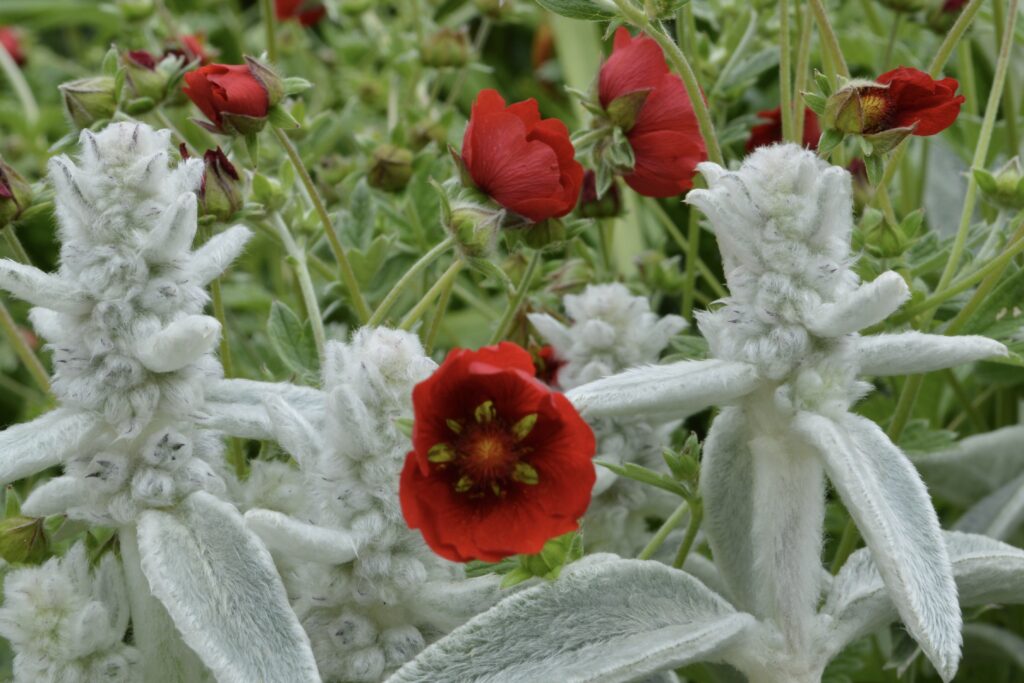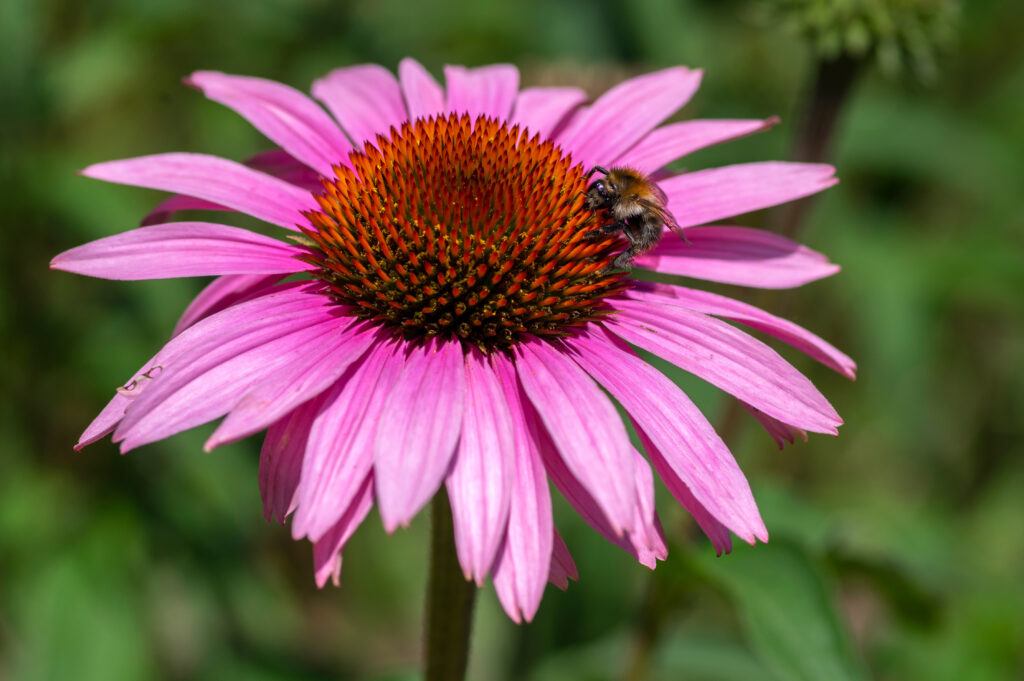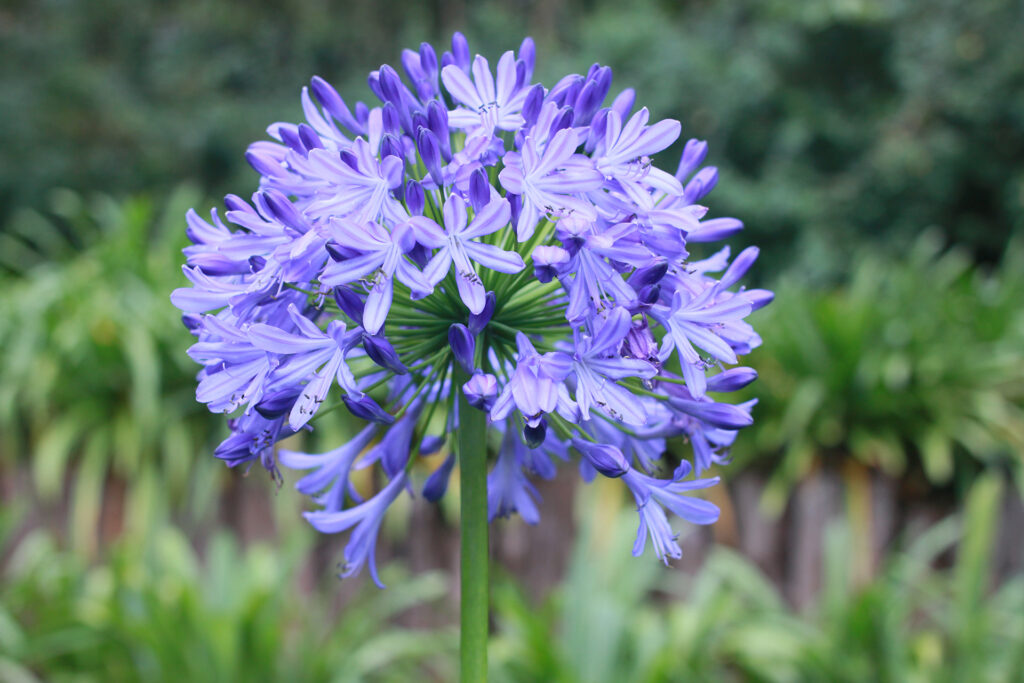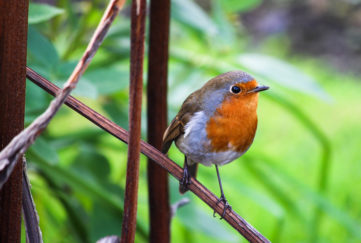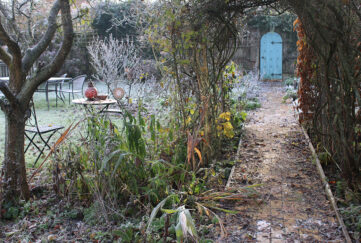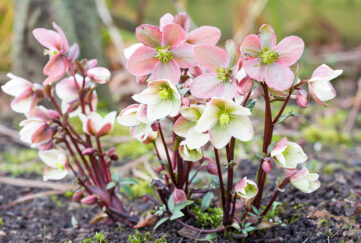The Best Plants To Create A Beautiful Sensory Garden
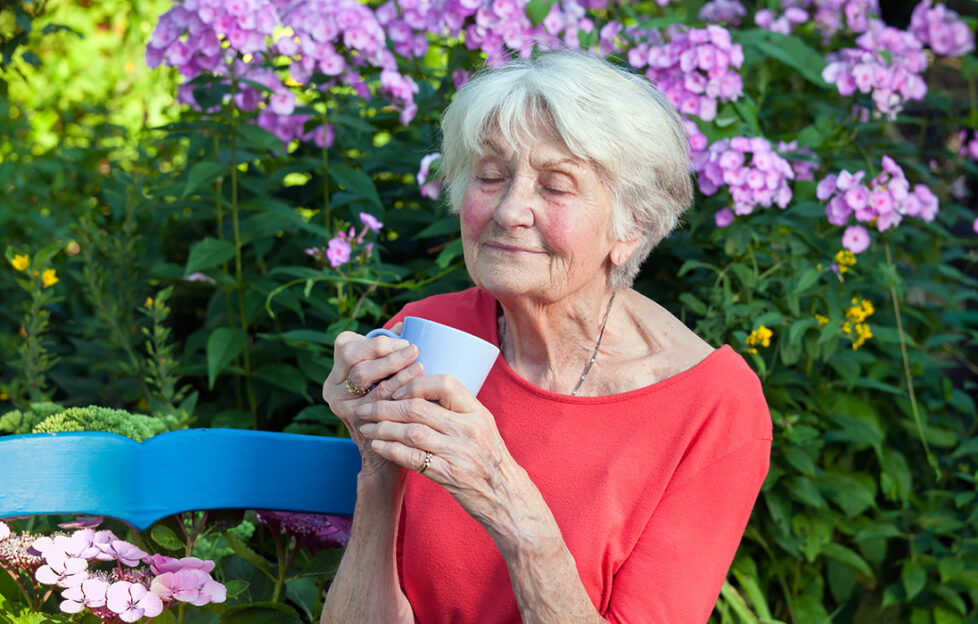
A garden can be a haven of peace, but also a place to stimulate the senses.
There are plants with wonderful colours, scents and textures; edible flowers, fruit and herbs; and trees and grasses that rustle soothingly in the breeze, as well as plants that enjoy growing in or near gently trickling water.
Loveday & Co, an award-winning provider of specialist dementia and senior care in the UK, is leading the way by making beautiful sensory gardens for their members to enjoy.
An estimated 850,000 people in the UK are living with dementia. Alzheimer’s, one of the most common causes of dementia, is a progressive disease that causes memory loss, confusion, and problems with concentration. It can negatively affect mood and many aspects of daily living.
How gardening can help people living with dementia
Gardening can
- stimulate the senses and evoke memories
- provide fresh air and Vitamin D
- offer gentle exercise
- reduces stress
- improve mental and physical health.
- provide a social space, allowing shared experiences for children and the elderly
- improve confidence – sowing seeds, nurturing plants, tending to the garden and watching gardens grow can instil confidence, pride and a sense of achievement.
Robert Speker, Loveday’s head of member lifestyle and activities, incorporates gardening into the weekly programmes at all Loveday residences.
He says, “Gardening can be hugely beneficial for both people living with dementia and their caregivers. Not only is it a physical and social activity but it can also be rewarding as people watch plants grow, and even enjoy produce such as fruit and vegetables.
“Gardening can also help to relieve stress, stimulate the senses and provide reminiscence, evoking memories of childhood, youth and yesteryear.”
The best plants for a sensory garden
Gardeners’ World presenter Rachel de Thame shares her top 10 plants for a dementia-friendly sensory garden:
1. English Lavender (Lavandula angustifolia) has an evocative long-lasting scent. The flowers can be cut, dried, and used as pot pourri
2. An assortment of other herbs – Rosemary, Mint, Sage and Thyme all have a beautiful fragrance plus edible leaves that can be used in cooking
3. Star Jasmine (Trachelospermum jasminoides) – an evergreen climber with glossy leaves and starry white flowers, producing heady perfume from late spring to summer
4. Lamb’s ear (Stachys Byzantina) – forms a carpet of thick, fluffy leaves, with a woolly texture that feels as soft as a lamb’s ear
5. Allium – beautiful late spring flowering bulbs in shades of purple, add colour to the garden and lovely decorative dried seed heads in autumn and winter
6. Purple Coneflower (Echinacea Purpurea) – stunning daisy shaped flowers with a distinctive orange cone at the centre, very popular with pollinators
7. Chocolate cosmos (Cosmos atrosanguineus) – amazing chocolate scented, deepest burgundy flowers
8. Tree fern (Cyatheales) – a striking fern with large textural leaf fronds and a tactile main stem
9. Feathertop grass (Pennisetum villosum) – soft flowers in summer that feel lovely to touch, and arching foliage which creates a rustling sound in the breeze
10. African Lily (Agapanthus) – large flowering globes in bright blues, mauve and white, that provide summer colour and structure amid surrounding plants
Click here for more information on Loveday & Co.

